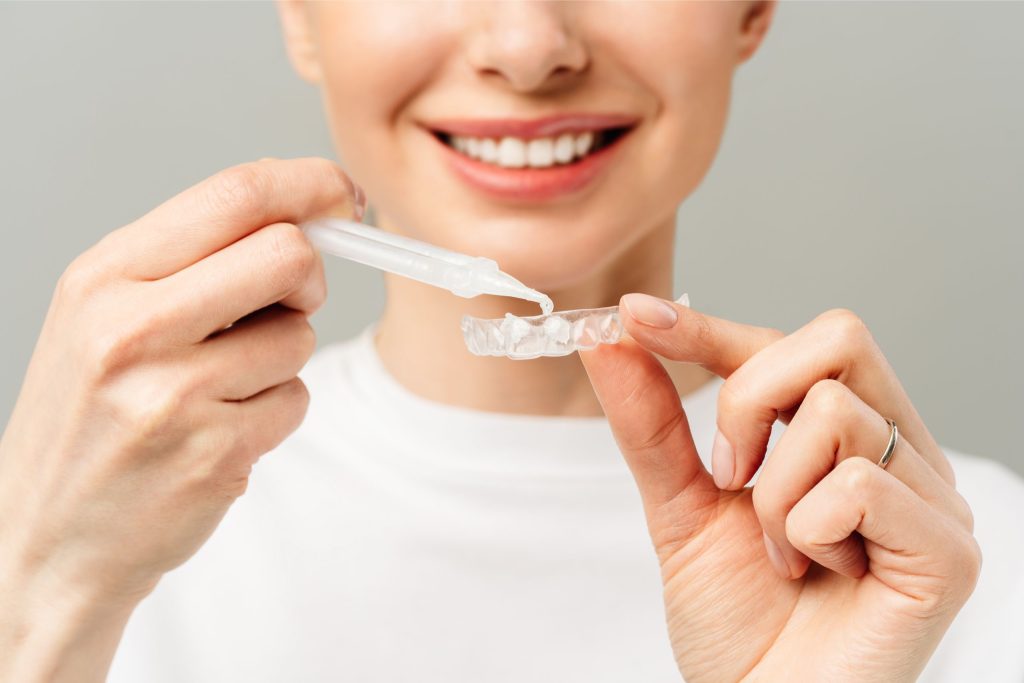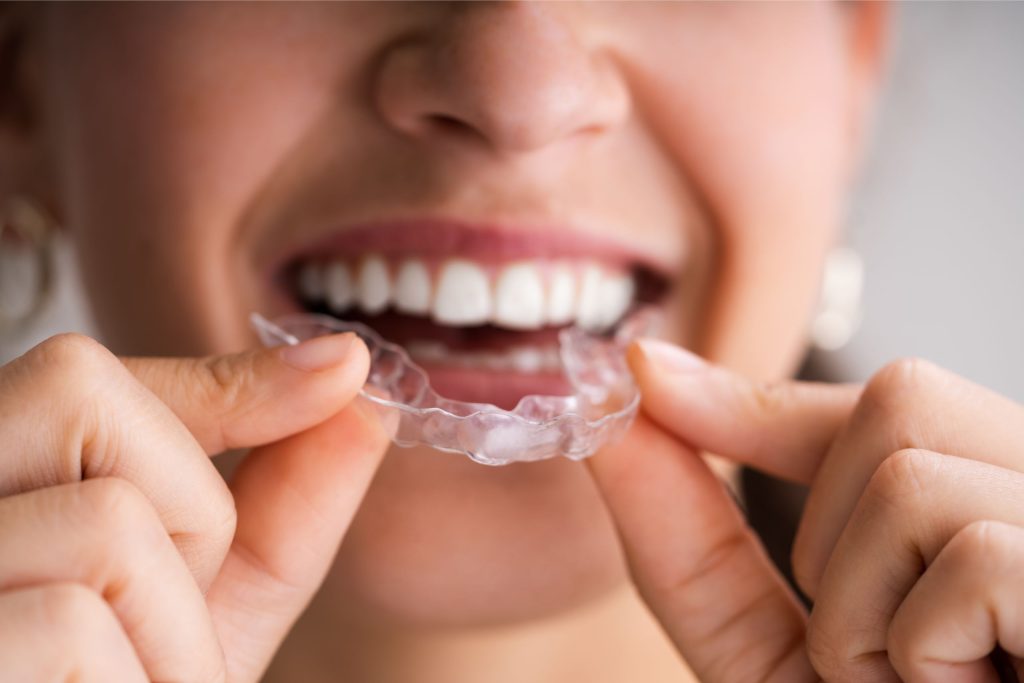Dental veneers are now one of the most sought-after solutions in aesthetic dentistry, especially for those looking to improve the shape, colour, and harmony of their smile. In this article, I’ll explain everything you need to know about the before-and-after process of getting dental veneers — from the initial consultation to the final result — so you know exactly what to expect.
What Are Dental Veneers?
Dental veneers are thin shells, usually made of ceramic or composite, applied to the outer surface of the front teeth. Their purpose is to correct visual imperfections and improve dental aesthetics, such as stained, worn, irregularly shaped teeth, visible gaps, or slight misalignments.
The great advantage of this treatment is the ability to transform your smile in a minimally invasive way, preserving the natural tooth structure whenever possible.
When Are They Recommended?
Dental veneers are often indicated in the following cases:
- Colour changes that do not respond to teeth whitening
- Worn, broken or chipped teeth
- Minor asymmetries or misalignments
- Closing diastemas (spaces between teeth)
- Teeth with old, poorly fitted restorations
- The need to standardise tooth shape or size
The Evaluation Consultation: The Starting Point
The first step is an evaluation consultation. In this session, I carefully listen to your goals and expectations, perform a detailed clinical examination, and, if necessary, request complementary exams such as X-rays or clinical photographs.
Based on this assessment, I develop a personalised treatment plan. In many cases, we can use a digital or analogue mock-up — a tool that allows patients to preview their new smile before any procedure begins. This is a key step to ensure safety, predictability, and satisfaction.
The Veneer Placement Process
Although the treatment plan is always personalised, the veneer placement process generally follows these steps:
1. Smile Planning and Simulation
Using photographs, moulds, or intraoral scanning, we create a simulation of the new smile, taking into account facial structure, lips, smile line, and patient profile. This simulation helps guide shared decision-making and align expectations.
2. Tooth Preparation
Depending on the material and technique chosen, minimal surface reduction may be necessary. This preparation is done very conservatively, always respecting the integrity of the tooth.
3. Temporary Veneers
While the final veneers are being fabricated in the lab, temporary veneers are placed. These protect the prepared teeth and allow for an intermediate aesthetic assessment, giving the patient a realistic preview of the final result.
4. Final Veneer Placement
Once the temporary veneers are approved, the final veneers are securely and precisely bonded. We typically use high-quality ceramic, which ensures a natural, durable, and long-lasting result.
Before and After: The Smile Transformation
The “before and after” result is often remarkable. The smile becomes whiter, more aligned, and harmonious, always respecting the patient’s natural features and facial structure.
More than just an aesthetic change, this transformation influences how people communicate, smile, and connect with others. Confidence in one’s smile can have a profoundly positive impact on quality of life.
Aftercare
After veneers are placed, it’s important to follow certain care recommendations to ensure their longevity:
- Avoid using your teeth as tools (e.g., opening objects, biting bottle caps)
- If you suffer from bruxism, wear a protective night guard
- Maintain rigorous oral hygiene and schedule regular dental check-ups
Avoid habits like nail-biting or chewing hard objects
Frequently Asked Questions
Well-maintained ceramic veneers can last 10 to 15 years or more. Composite veneers are less durable but easier to repair.
No. The entire treatment is done under local anaesthesia and is pain-free. Some temporary sensitivity may occur afterward but usually fades quickly.
No. When carefully planned and customised, the result is completely natural and harmonious. The goal is to enhance your smile, not overdo it.
Conclusion
Dental veneers are a safe, effective, and highly customisable aesthetic solution. They improve your smile without compromising tooth structure and deliver natural, long-lasting results.
If you’re considering transforming your smile, schedule an evaluation consultation. I’ll be with you every step of the way to ensure your new smile is exactly as you imagined.





